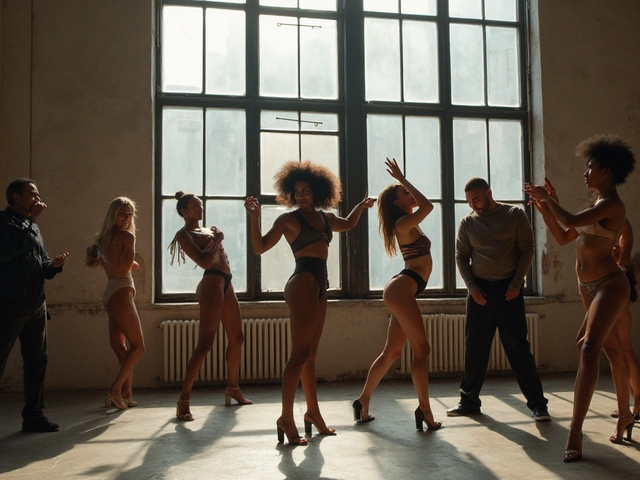Print Modeling: Your Complete Intro
When talking about Print Modeling, the art of showcasing clothing, accessories or concepts on flat‑page media such as magazines, catalogs and billboards. Also known as catalog modeling, it blends visual storytelling with product focus. Right off the bat, print modeling requires sharp Fashion Photography, the photographic style that captures models in controlled lighting, styling and composition for editorial or commercial use.
Key Elements That Drive Print Modeling Success
Any model aiming for print work must build a solid Model Portfolio, a curated collection of high‑resolution images that highlight pose variety, facial expression range and the ability to sell a product visually. Agencies act as the bridge here; a reputable Modeling Agency, the business that represents talent, negotiates contracts and lines up print shoots with brands and photographers, will match the right portfolio to the right campaign. Together, these entities form a loop: agencies scout portfolios, place models in fashion photography shoots, and the resulting images land in print media, feeding back into the model’s portfolio.
Beyond the basics, mastering specific poses is crucial. Print editors love clean lines, dynamic angles and expressions that let the product shine without distracting the viewer. Think of a simple yet powerful stance: one foot forward, shoulders relaxed, eyes slightly off‑camera—this creates depth while keeping focus on the garment. Styling choices—hair, makeup, wardrobe selection—must align with the brand’s aesthetic, and the photographer’s lighting plan should enhance texture and color fidelity. When all these pieces click, the final image not only sells the product but also builds the model’s credibility in the print world. Below you’ll find a hand‑picked collection of articles that dive deeper into each of these areas. From fitness routines that keep models camera‑ready to step‑by‑step guides for building a winning portfolio, the posts cover everything you need to know to thrive in print modeling. Browse through, pick the insights that match your stage, and start turning those glossy pages into real opportunities.
Model Jobs Explained: Runway, Print, Commercial & More
Learn the variety of model jobs-from runway and print to fitness, plus‑size, and virtual modeling-plus how to pick, prepare, and succeed in each niche.





